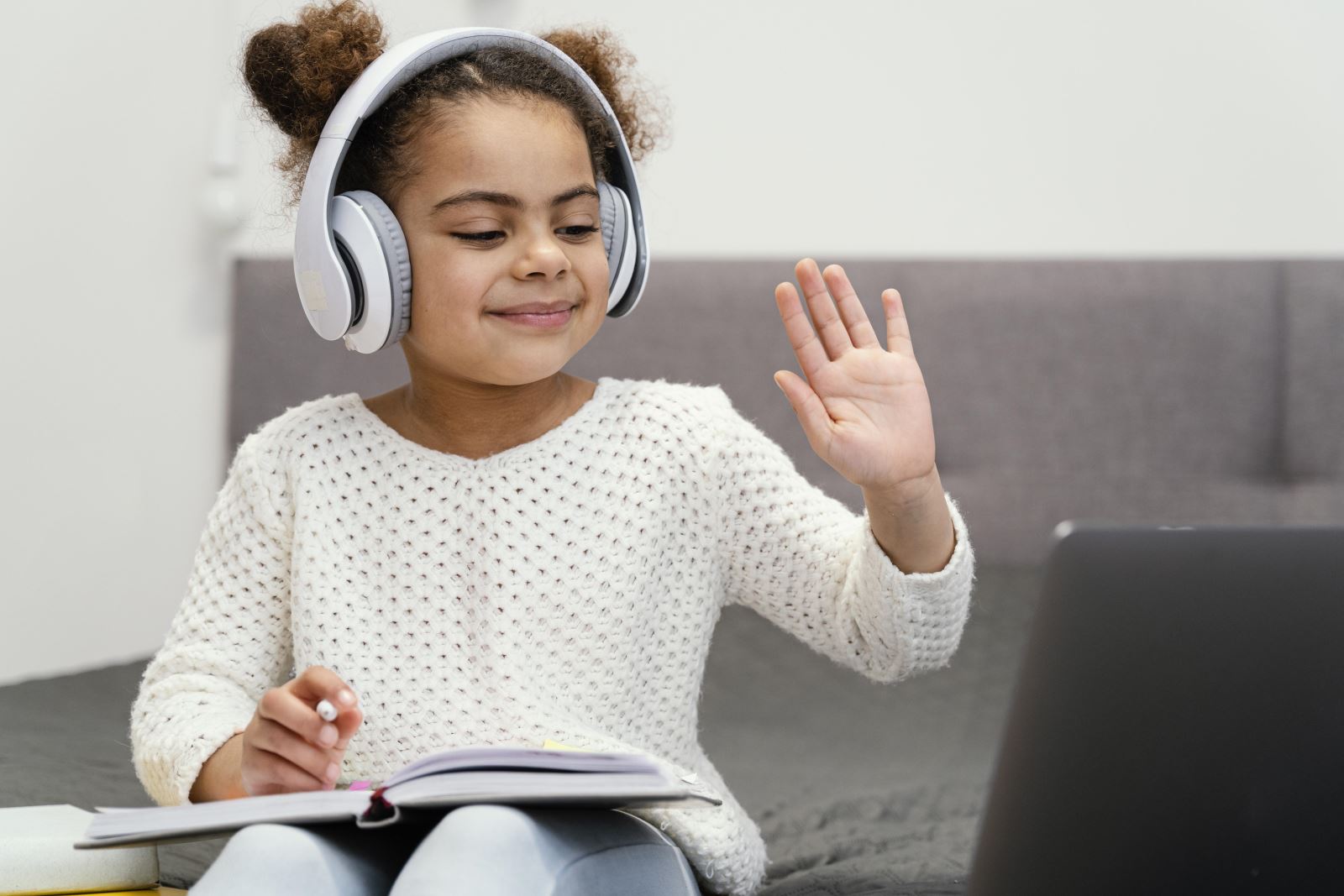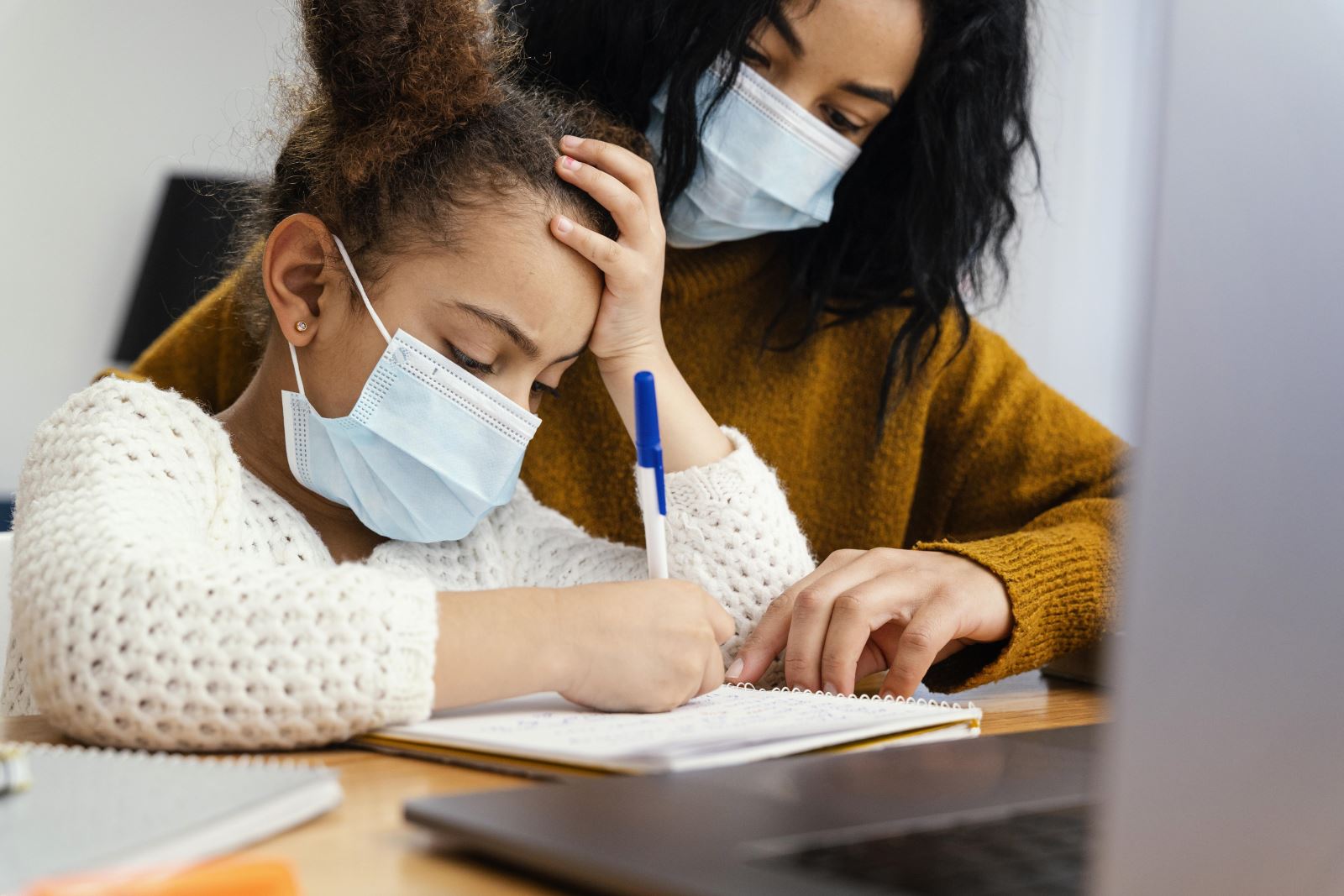The lockdown has not been an easy or familiar experience; it was certainly the first for the current generation. Adults perceived it with physical comfort tainted with anxiety, the youths were reluctant, and the children were full of curiosity and defiance.
Remote Learning
The decision to suspend education in most world countries was inevitable due to the severity of the outbreak of the coronavirus nCoV-2019; although its dangers were not proven then on children, the risks of school gatherings made them out of question. Finding alternatives to traditional education and written exams became a necessity, and remote-learning was the best option.
“Remote learning” or “distance learning” as a term appeared in 1999, while the concept itself has been applied since the nineteenth century as some training courses and educational curricula were mailed to students; now, it refers exclusively to online learning. It has spread since the beginning of the twenty-first century through open online course platforms, whether free, paid, or supported by major world universities; yet, the expansion targeted primarily adults, and children only received little online training.
When education was suspended in schools, there was a need to put things in perspective. Attention was focused primarily on children, who need more explanation and application than university students or graduates. As such, after remote learning was a secondary option for some adults, it has become essential for young children and university students; it opened up different horizons to educate and learn.
Likewise, Internet usage was not limited to curricular learning, but also to other activities. After the lockdown, not only schools closed their doors, but also libraries, clubs, and entertainment venues, and the Internet became the only means of entertainment. Rather than spending long times on screens playing electronic games or watching videos, some parties have adopted the idea of remote entertainment too. Sports coaches were also keen to resume training children remotely, even for warm-ups, to keep them fit during lockdown.
 Image by Freepik
Image by Freepik
Have the kids really benefited from this experience?
The benefits of this unique experience, no doubt, are numerous. If this “technology generation” was aware of using and dealing with the Internet, electronic devices and applications smoothly, the interaction was limited to certain aspects; playing, watching videos, or even using social media. Yet, how many of them were aware of using that technology in different purposes, such as searching for information or using interactive educational platforms?
After activating the remote learning experience, children noted many other uses of computers and tablets they had been unaware of. The time spent on the screen is no longer for entertainment only; they noted other purposes these technologies were basically invented for. The experience revealed to children different perspectives, and introduced them to different applications and technologies for communication and education together.
Positive aspects
There are several positive aspects of remote learning, especially for young age groups; for example:
- Flexibility in time and repetition: If the child relies on videos or recorded lessons to recall the lessons, this is indeed an advantage. It provides a flexibility by watching the educational material at any time, and repeating it more than once to remember the information more easily.
- Ease of use: Students can easily use the educational platforms or meeting applications, in case of online lessons, or simply watch the videos, in case of recorded lessons. The designers of these applications and platforms have made sure they are user-friendly for adults and children as well.
- Saving time, effort, and money: A lot of time is wasted when going to or from schools, especially in large and crowded cities, in addition to the physical effort spent during that transportation process, and the expenses spent in the educational process in general. Remote learning actually saves time, effort, and a large proportion of the expenses as well.
 Image by Freepik
Image by Freepik
Negative aspects
Despite the positive aspects, there are others that are negative and cannot be ignored. Health organizations and entities concerned with children's mental health do not recommend long screen-time for children; however, remote learning forced children to spend long hours using tablets and computers—not to mention their entertainment time!
If we assume that there are children in some less privileged regions who cannot own any of these devices that have become the only means of learning, they will not be capable to keep pace with their peers.
In addition, several studies have shown that direct learning can greatly impact young children's ability to learn, especially those with Attention Deficit Hyperactivity Disorder (ADHD).
This generation will definitely be different from its predecessors. It is the technology generation, who will not use it in the future only to play and entertain, but also to learn, train, exercise, and work. The lockdown is not bad at all, but rather has positive aspects for adults and children; it has helped children explore new horizons they knew nothing about before.
References
academia21.com
efrontlearning.com
nytimes.com
theschoolrun.com
The article was first published in print in SCIplanet, Winter/Spring 2021 Issue.
Cover image by Freepik